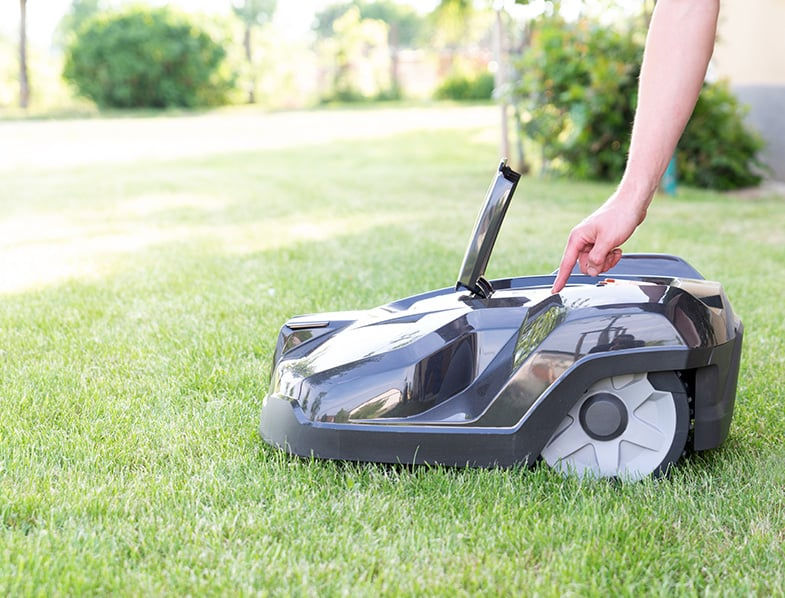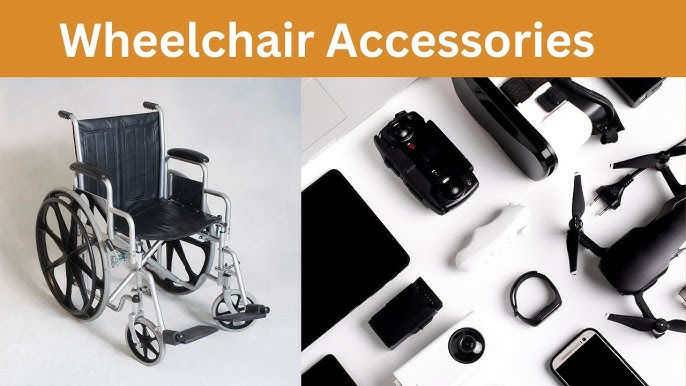Harnessing the Breeze: Evaporative Cooling to Lower Your Energy Bills - A Comprehensive Guide
- Kate Westall
- Jul 15, 2017
- 3 min read
Updated: Apr 12, 2024
As the sweltering summer heat fast approaches, do you find yourself anticipating higher energy bills due to the high usage of air conditioning? Or perhaps you live in a warming clime and your reliance on air conditioning systems is not seasonal but, rather, constant, leaving you to grapple with skyrocketing energy costs all year round? What if I told you there's an effective and eco-friendlier alternative to traditional air conditioning systems? Welcome to our comprehensive guide on evaporative cooling systems—a refreshing, sustainable, natural, and cost-effective way to beat the heat!
In this blog post, I'll delve deeply into evaporative cooling—what it is, how it works, its pros and cons—and most importantly, how it can significantly help reduce your energy bills. By watching nature closely and taking cues from her, we can significantly bring down our energy consumption and in effect, our energy bills, all the while lending a helping hand in the fight against climate change. So, ready to go green and save some green?
Understanding Evaporative Cooling: What is it?
Evaporative cooling is a natural phenomenon that's been used as a cooling mechanism since ancient times. Ever wondered why you feel cool when a breeze hits your sweaty skin? That's evaporative cooling in action. In simple terms, evaporative cooling systems infuse air with moisture, which cools the air as the moisture evaporates.
Desktop fans or a whole-house system, it's up to you to decide what suits your requirements and budget best. The beauty of this system is its affordability and low maintenance, making it an attractive option for many homeowners.
How Does Evaporative Cooling Work?
The process of evaporative cooling is straightforward. When hot, dry air passes over water (or through a wet pad in the case of an evaporative cooler), the water absorbs the heat, leading to its evaporation. This process of changing liquid water to vapor, removes heat from the air, thus cooling it.
What happens next is straight out of high school textbooks—the cooler, humid air is circulated throughout the room, displishing the older, hotter air, thus keeping the space pleasantly cool.
Why Choose Evaporative Cooling?
The profound advantages of evaporative cooling over traditional air conditioning systems are manifold. On the one hand, it consumes considerably less electricity, reducing your energy bills. Simultaneously, it also contributes to reducing greenhouse gas emissions. Plus, it furnishes your home with fresher, humidified air – a boon in dry weather conditions.
Furthermore, evaporative cooling systems are less complex, translating into relatively less expensive operation and maintenance. When it comes to long-term savings and environmental friendliness, evaporative cooling takes the cake!
Pros and Cons of Evaporative Cooling
Evaporative coolers are easy to install/maintain, energy-efficient, and provide fresh air circulation—audible pros. Conversely, the cons entail that they may not be as effective in humid climates, require periodic maintenance, and can lead to over-humidified interiors if not regulated well. However, with correct sizing, strategic placement, and appropriate use, these disadvantages can be adequately managed.
Evaporative Cooling Vs. Air Conditioning: An Energy-Efficiency Comparison
Traditional air conditioning systems take in air, cool it, and circulate it within the room, resulting in a closed system with the room steadily getting colder but dry. In contrast, evaporative cooling systems follow an open system, continually drawing in fresh outside air, cooling it, and pushing out the stale, hot air from inside the room.
From an energy efficiency perspective, air conditioners consume a lot more electricity, whereas evaporative coolers use the more natural process of water evaporation and thus save more energy.
Practical Tips for Using Evaporative Coolers
If you live in a drier area, these coolers are a perfect, cost-effective option. To maximize efficiency, remember to keep some windows or doors slightly ajar for improved air circulation.
To conclude, while both traditional ACs and evaporative coolers have their own distinct benefits and drawbacks, when we factor in energy efficiency and environmental aspects, evaporative cooling systems become the clear winning choice. They offer not just a considerable reduction in your electricity bills, but also a hand in reducing greenhouse gas emissions. The fact that they also promote healthier living spaces with humidified and constantly fresh air is the icing on the cake. So, why not rethink cooling, save some money and do our bit for the planet?









Comments